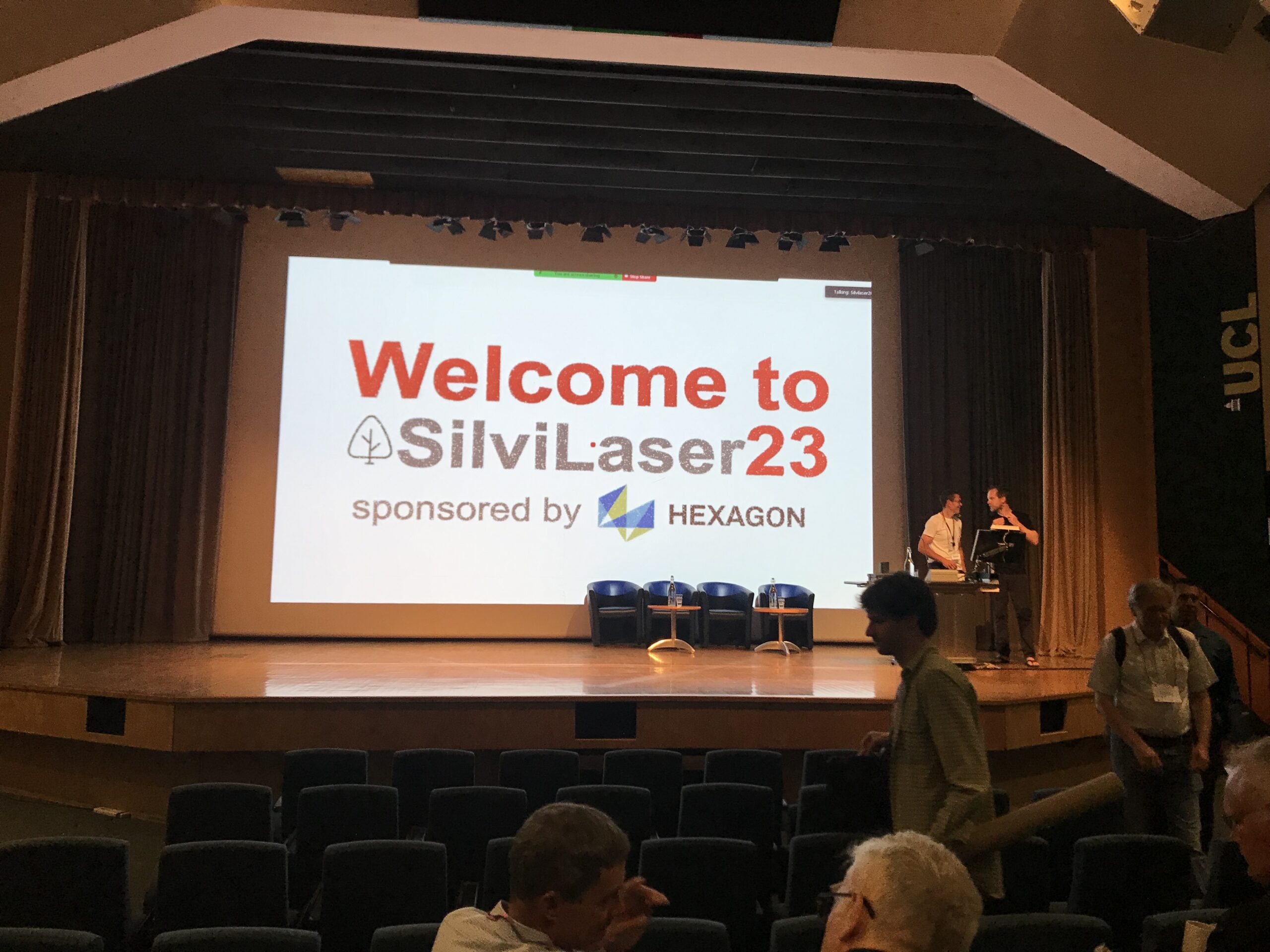Last week, our PhD student, Hannah Weiser, joined Silvilaser 2023 at University College London (UCL). The conference covers cutting-edge science and technology from the laser scanning and forest communities, which is a perfect match for Hannah’s PhD topic and 3DGeo research in general.
The week started off with interesting workshops on Tuesday using some of our favourite software, such as CloudCompare and LAStools. The three days of the conference, from Wednesday to Friday, were filled with captivating talks and posters. Additionally, the social events, including the ice breaker, Women of Waveforms breakfast, and conference dinner, provided ample opportunities to meet inspiring people and exchange ideas about research (and other topics). We also had the added bonus of enjoying the beautiful, and rather unusual, London weather.
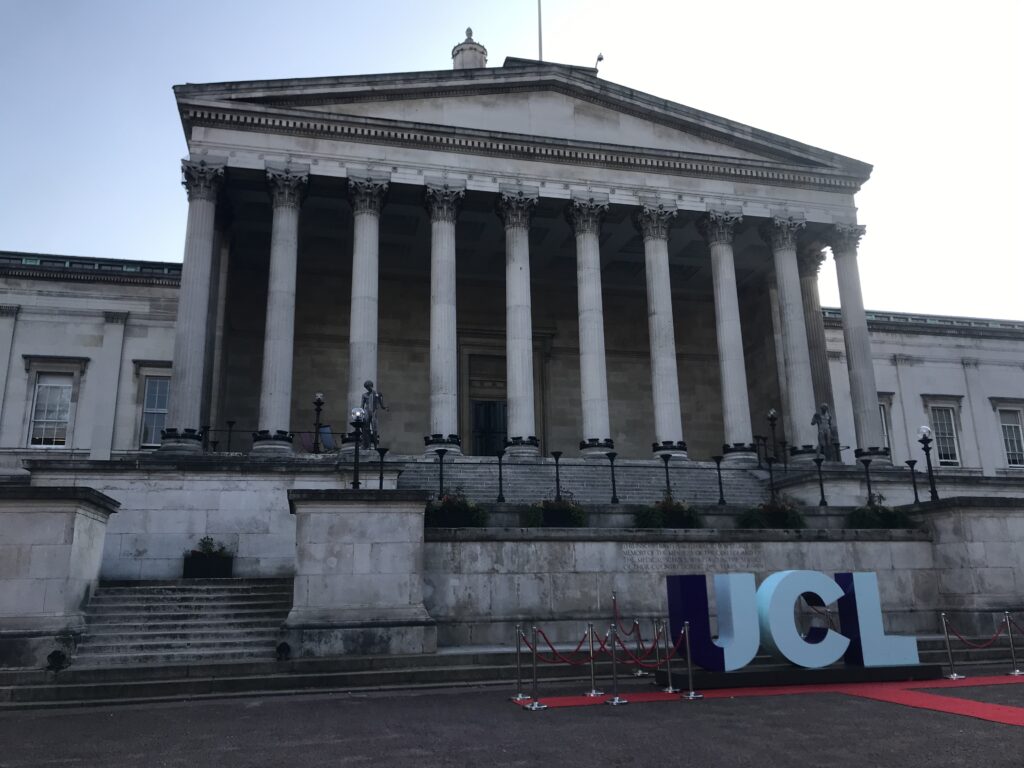
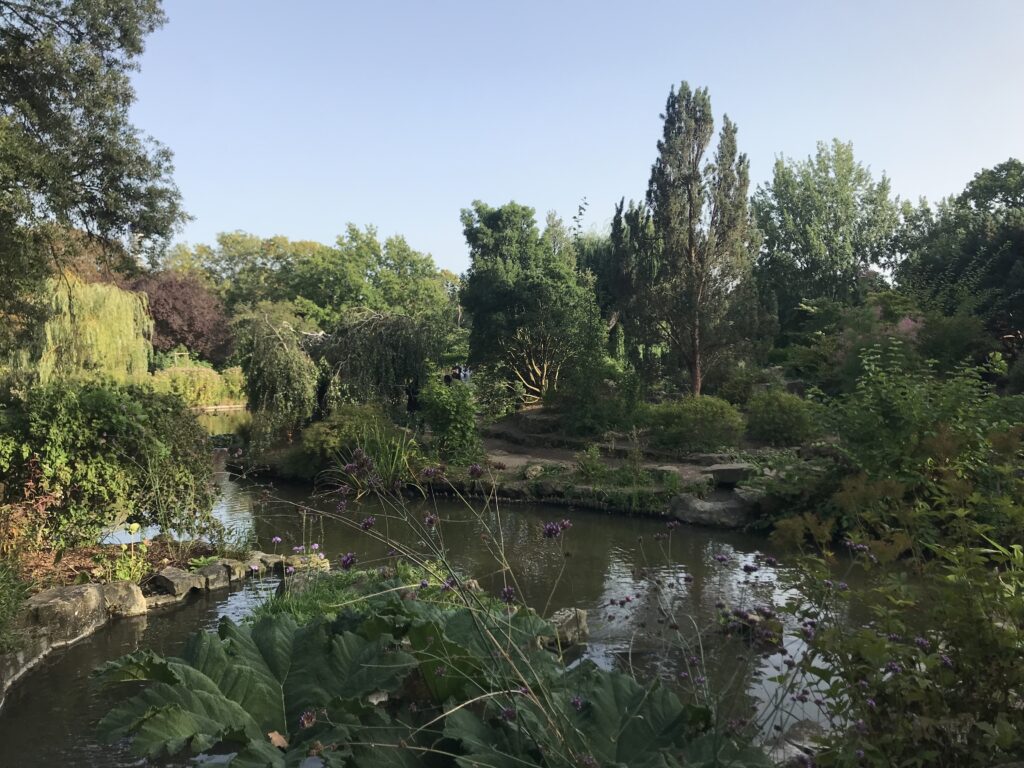
Great talks with 3DGeo contribution were given by:
- Schäfer et al.: Potential and limitations of simulated airborne laser scanning data for forest biomass estimation (using HELIOS++ and pytreedb, results are part of the SYSSIFOSS project)
- Brede et al.: Occlusion mapping tools for point cloud quality assessment in forest laser scanning (presented by Lennart Klinger)
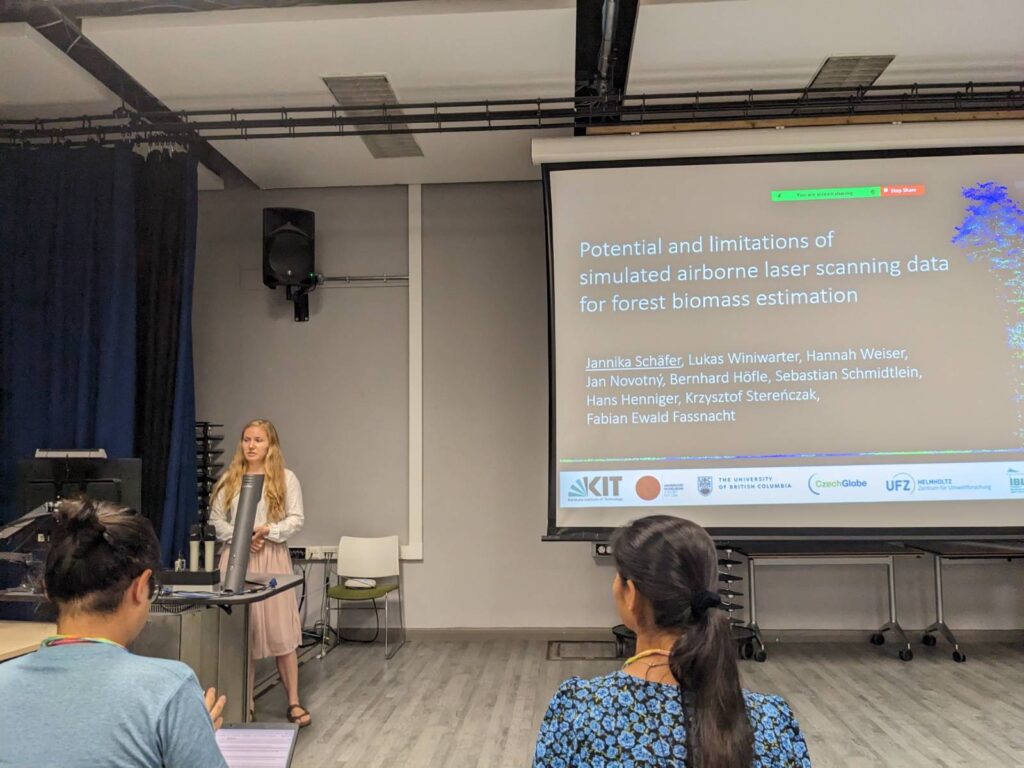
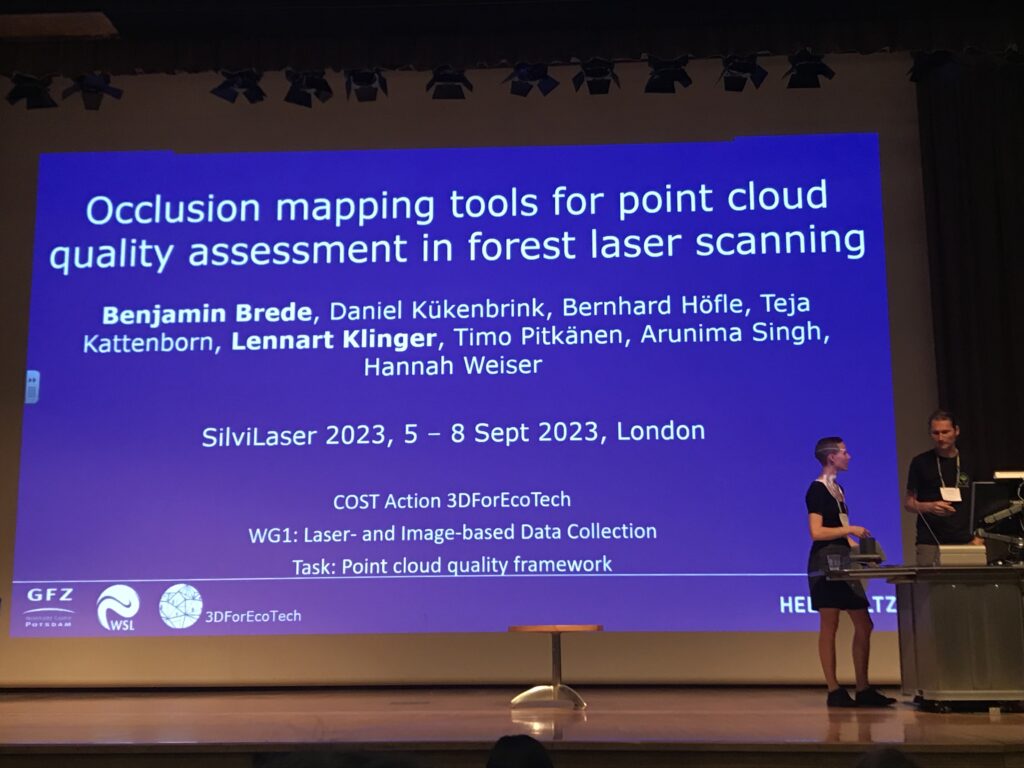
We were thrilled to see that colleagues from other research groups are doing great research with our laser scanning simulation software HELIOS++ and our Python package pytreedb:
- Pearse et al.: A pipeline for generating high-fidelity synthetic point clouds for use in forest phenotyping (Scion research, NZ, using HELIOS++)
- Apud Baca et al.: Towards Automating Forest Stratum Classification with a Generative Pipeline: Blending Real and Synthetic Data for Point Cloud Segmentation (Austrian Institute of Technology, AT, using HELIOS++ and pytreedb)
- Bornand et al.: Completing 3D point clouds of individual trees using deep learning (WSL, CH, using HELIOS++)
On Thursday afternoon, an entire session was dedicated to current work and future plans within the 3DForEcoTech COST Action, which we are also involved in. 3DForEcoTech aims at addressing numerous challenges in the field of close-range 3D point cloud measurements within forest environments. The goal is to synchronise knowledge and develop general protocols for data acquisition, data processing and data fusion for forest inventory and ecological applications.
Another highlight was the keynote by Stefano Puliti on “TreeD_species: benchmarking sensor-agnostic tree species classification using proximal laser scanning (TLS, MLS, ULS) and CNNs” and general AI perspectives in the research field. The dataset and the benchmark results are presented in the Tr3D_species GitHub repo. The 3DGeo group contributed with multi-platform point cloud data (Weiser et al. 2022).
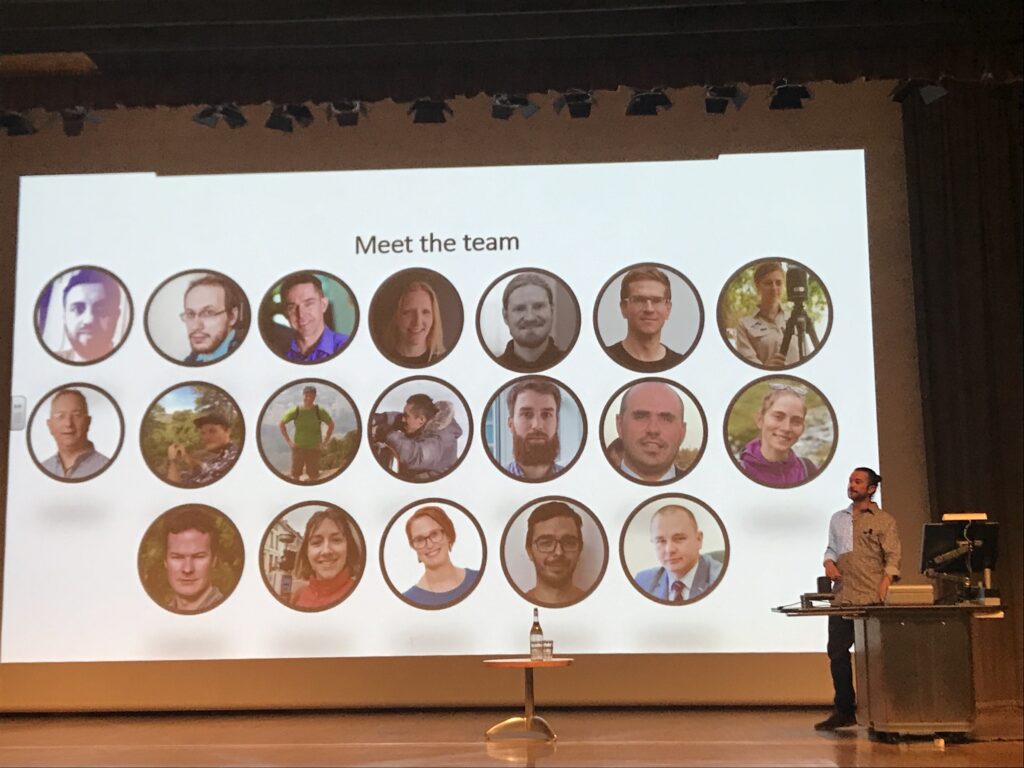
We would like to thank all the organizers, supporters, and presenters who made this event such a fantastic experience. The tasty vegetarian and vegan catering was very much appreciated. Additionally, we were thrilled that the talks were streamed online, allowing an even wider audience to benefit from the insights and knowledge shared at the event.
PS: And of course, as part of our commitment to reducing our carbon footprint, Hannah travelled by train rather than plane.
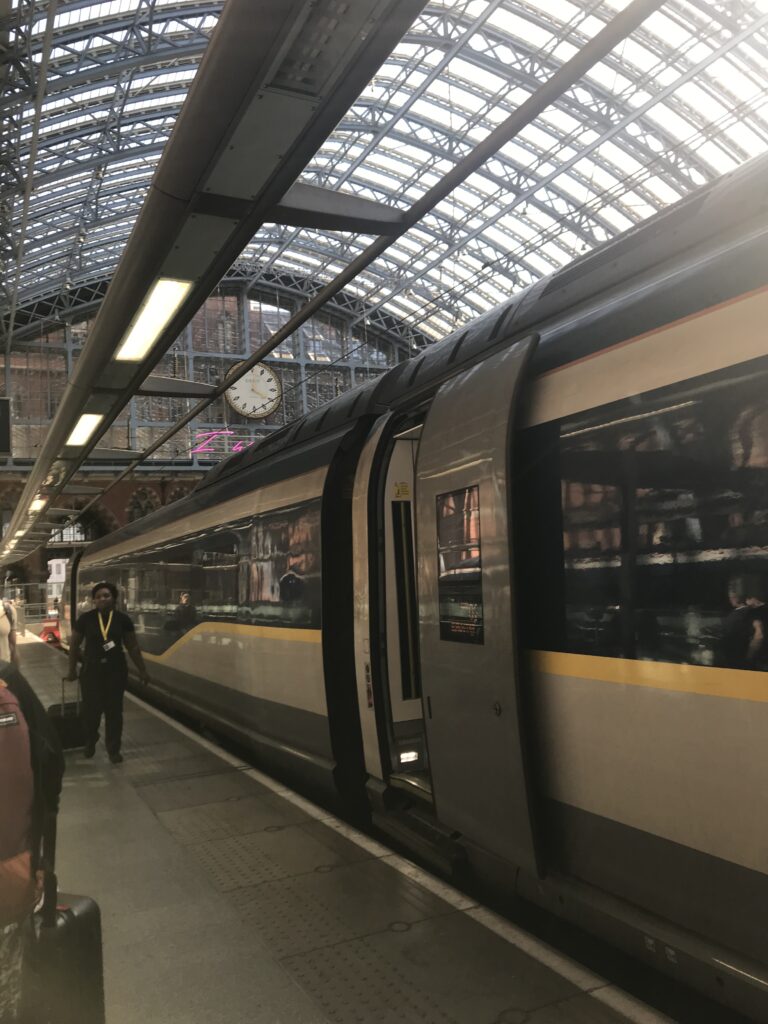
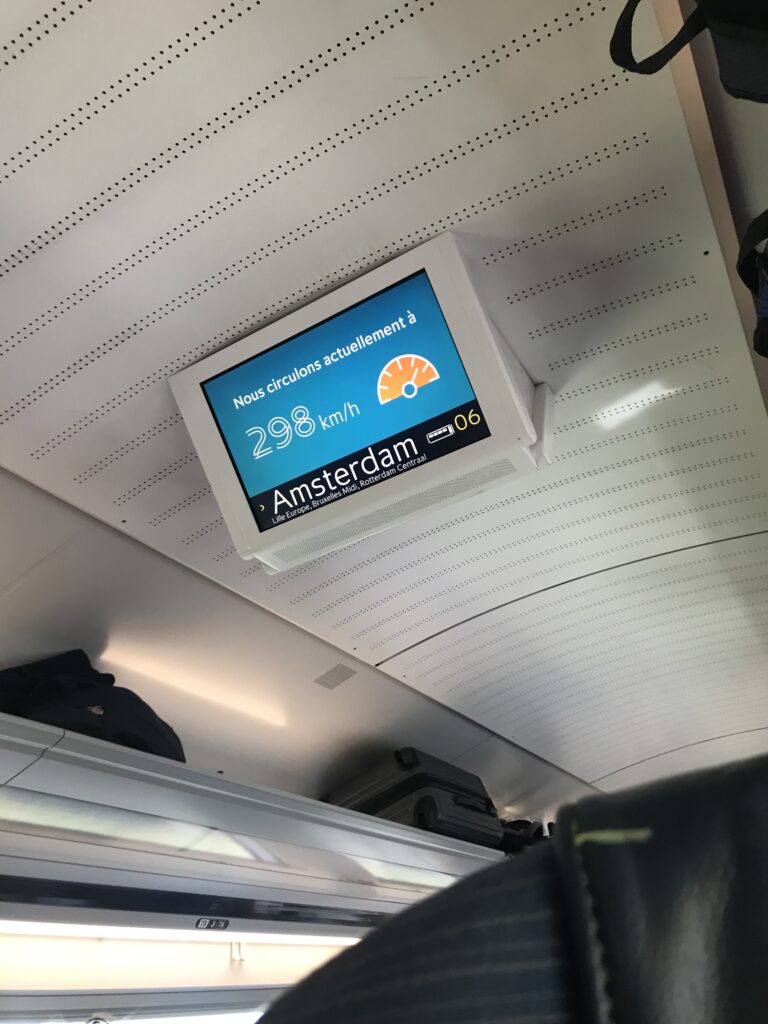
Participation was supported by the Deutsche Forschungsgemeinschaft (DFG, German Research Foundation, Project number: 496418931) as part of the VirtuaLearn3D project. The presented work by Schäfer et al. was also supported by the DFG (Project number: 411263134) as part of the SYSSIFOSS project.



